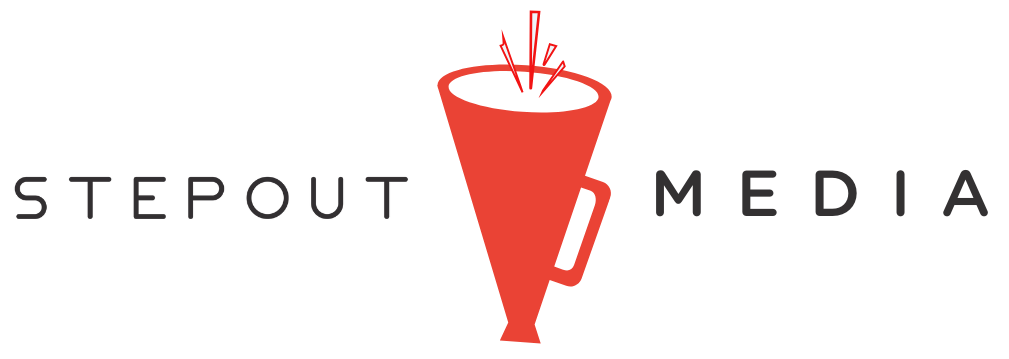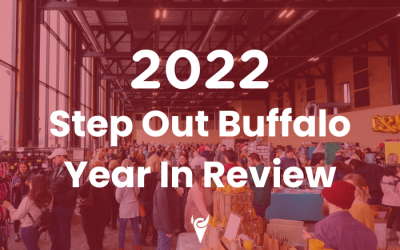Inclusive marketing has long been on the rise, but these days it’s more important than ever.
As social justice issues have been thrust into the limelight over the past few years and companies continue to be publicly called out on social media for their lack of diversity, it’s no surprise that the majority of today’s consumers are actively seeking out businesses that understand the genuine importance of inclusion on all levels.
In fact, 7 out of 10 millennials say that they’re more likely to choose one brand over another if that brand more clearly demonstrates diversity and inclusion.
A few other stats that make the case for inclusive marketing:
- 88% of consumers believe that businesses have a responsibility to foster positive social change.
- Ads that are considered progressive and/or inclusive are found to be 25% more effective than ads that are not.
- 64% of consumers in a 2019 study took some action after seeing an ad they considered to be diverse or inclusive.
Bottom line: Consumers no longer think only about themselves. Promoting inclusion in your marketing strategy is more than just the right thing to do— it’s actually proven to help increase brand trust, which is a major conversion driver.

So what can you, as a small business, do to ensure that your messaging is as inclusive as possible? Here are 4 crucial steps to help you get started:
1) Research Your Audience
It’s a given that you should respect everyone, but inclusive marketing doesn’t necessarily mean that you need to address groups that have no relevance to the services or products you offer. For example, women wouldn’t be the target audience for a niche beard-care company, and single college students who don’t have any kids wouldn’t be the ideal customers for a boutique that only sells baby-sized Bills apparel. (Even though one could make the case that they might have adorable nieces and/or nephews, right?)
Jokes aside, we always recommend digging into your audience’s demographics. Knowing 1) who your ideal audience is, 2) who your audience actually is, and 3) whether or not those groups currently overlap is key to understanding who exactly your business needs to speak to. From there, you can better ensure that the diverse characteristics that are important to your audience are properly represented and reflected in your marketing.

2) Be Intentional With Your Language
Once you’ve identified who exactly your audience is, the next step is to look at how you communicate and interact with them through your marketing messages— more specifically, through the words you use to craft those messages.
Businesses should always aim to use inclusive language in their marketing, or words that are free from stereotypes, appropriation, discrimination, and negative or harmful messages in general, because you never want your audience to feel excluded, overlooked, or hurt. Using gender-neutral pronouns, for example, is shown to reduce mental biases and ensure that transgender and nonbinary customers feel seen. (More examples of inclusive language and the specific words to use in various contexts can be found in this comprehensive Inclusive Language Guide.)
It might seem like a small detail to choose one word over another, but inclusive language shows that you’re actively acknowledging the diversity of your audience. In fact, it’s so important that earlier this year, Dictionary.com rolled out their biggest update to date, which included reviewing and revising over 15,000 entries.
“How words are entered into the dictionary— especially words concerning our personal identities— have real effects on real people in the real world,” the Dictionary.com team said in an article. “A great many of these entries we’ve updated address topics that touch all of us on the most personal levels: race and ethnicity, gender and sexuality, health and wellness.”

3) Diversify Your Team
Want to know the best way to create an inclusive marketing strategy? Include as many diverse voices as you can in the creative process.
Because we know that it’s impossible to ever be completely unbiased, you want to make sure that your team properly reflects the diversity of your audience. Not only will this make your marketing more authentic by design, but you’ll also build a strong team that’s able to check its own biases and tap into more creativity and innovation.
Counter-argument: What should you do if you want to find new ways to diversify your team, but maybe don’t have the bandwidth to bring on anyone new right now?
We know that oftentimes, small businesses are operating with small-but-mighty teams, or you may even be running your business solely on your own. If that’s the case, here are a few easy ways to promote inclusion that might work for you:
- Work with a freelancer or consultant. What skills or perspectives are you missing from your team? Are there any tasks you might be able to hand off to a freelance content creator, a local influencer, or a marketing consultant?
- Spend time examining what your team might be currently missing. That way, when you do make that next hire, you already have an idea of how you can bring in a fresh voice or unrepresented perspective that will resonate with your audience.
- Cultivate a safe space for the team you do have. Would members of your team feel comfortable challenging the status quo or suggesting new marketing strategies to try? A study by Deloitte found that organizations with inclusive cultures are eight times more likely to achieve better business outcomes.

4) Focus on Representation
Representation— the visible presence of a diverse variety of identities— matters.
For businesses in particular, representation plays a key role in developing inclusive marketing campaigns because consumers tend to gravitate towards advertisements, products, and businesses that resonate with them on a personal level. When you include a wide range of identities in your marketing, you make it easier for your consumer base to visualize themselves also buying and enjoying whatever it is you’re selling.
Think about it: wouldn’t you be more willing to take a chance on an expensive new pair of jeans if you saw someone with your exact body type looking great in them? The same rule applies.
This circles back to knowing your audience, but it’s important to note that promoting inclusivity, diversity, and representation should not be thought of as a sales ploy. The goal here is to celebrate our differences and showcase the world as it truly is, not to simply hit a “diversity quota” to avoid getting canceled.
Inclusive Marketing: Looking Ahead
Creating inclusive marketing language and advertisements is an ongoing process— you don’t just set it and forget it. Like we mentioned earlier, we’ll never be rid of our internal biases completely, but we do have a responsibility to put in the work and cultivate inclusivity in any way that we have the power to.
So long as you make a genuine effort to highlight real people in your marketing, along with the diverse characteristics that make them special, you’re definitely on the right track.
Additional Resources:
- 5 Ways to Make Your Instagram Account More Accessible Right Now
- 7 Brands That Got Inclusive Marketing Right
- Diversity and Inclusion in SEO: BIPOC and LGBTQ+ SEOs Share Their Experiences
- Anti-Racism Daily Newsletter
- Dictionary.com’s Guide to Gender-Neutral Pronouns
___________________________________________________________________________________________________________________
Want to know more about promoting your business on StepOutBuffalo.com?
At Step Out Buffalo, we help businesses promote themselves and their events on our website, email, and social media channels. Our team is comprised of experts who know exactly how to make your business or event stand out, and we’ll put you in all the right places so you get noticed by all the right people. Hit us up if you’d like to learn more about our business and/or events-based promotions – there’s a reason 94% of our readers go places they’ve seen on StepOutBuffalo.com
















